Repercussions from the Syrian conflict will be felt throughout the Middle East for decades to come.
After the failure of peace talks at Lake Geneva, and the reelection of President Bashar al-Assad, the question of how to resolve the devastating civil war in Syria remains unanswered. Ever since the Arab Spring in 2011, diplomatic efforts have been repeatedly blocked by Russia. The Syrian conflict has become a geopolitical proxy war between different members of the UN Security Council and key regional actors, in an effort to exercise and extend influence throughout the strategically important Middle East. In order to analyze a potential outcome of the Syrian Civil War, it is pivotal to understand the geopolitical interests of the most important players and their implications.
Putin’s Ambitions
In examining the underlying geopolitics of the Syrian crisis, the most important actor to dissect is the Russian Federation. Moscow is a permanent member of the UN Security Council and has ensured the continued preservation of the Assad regime. Since the election of President Vladimir Putin, Russian foreign policy has sought to create a multipolar international system on the basis of statist values and norms, with Russia as an indispensable pole. The Kremlin seeks to secure its power and influence within the international system. This requires a balancing of US regional hegemony by blocking American efforts to supersede the Security Council, where Russia holds veto power as a permanent member.
In addition, Russia aims to extend its influence within the Middle East. It has supplied weapons for the Assad regime, while Putin met with Abdel Fatah el-Sisi, the new Egyptian president, earlier this year. The stakes in the Syrian conflict are high for Russia, since regime change in Damascus could mean the destruction of Moscow’s last foothold in the region — its strong alliance with the Assad regime and the vital warm-water port in Tartus.
The Putin administration also fears for its own security, since a dissolution of the Assad regime could lead to widespread instability and sectarian violence stretching from Lebanon to Iran. One such precarious situation is in Iraq, where the Islamic State, a jihadist group formerly known as the Islamic State of Iraq and the Levant (ISIS), has declared the establishment of a caliphate; this was preceded by an offensive against the Iraqi government, with support from other Sunni groups and tribes. Such instability could be a security threat to Russia, who fears that violence may potentially spread across its southern border.
Furthermore, Russia has strategic and economic interests in the Middle East. It is often mentioned that Moscow greatly desires stable control of Tartus, in order to serve as an eastern Mediterranean port. Tartus currently hosts the Russian Navy and maintenance station. The Kremlin has demonstrated its strategic interest in the port by stating: “As long as the Russian Navy performs missions in the Gulf of Aden and the Mediterranean Sea, this base is critical for us.”
In 2008, talks were held with Syria to expand the port and to establish others in Libya and Yemen. These negotiations must be analyzed within the larger context of Russia’s deteriorating relations with Ukraine. Due to diminishing ties, Kiev announced in 2008 that it would not renew the lease to Russia for its Crimean naval base in Sevastopol. However, the decision was reversed in 2010. Due to Ukraine’s unpredictability toward Russia ever since the Orange Revolution of 2004, as well as the 2014 ouster of Viktor Yanukovych, President Putin has feared for his critical warm-water port in the Mediterranean. As the international community witnessed, the Kremlin took advantage of the uprising in Ukraine to send troops into Crimea, where Sevastopol is located. These actions, in addition to Russian support for the Assad regime within the Security Council, further demonstrates that Moscow seeks to expand its power and influence on the international stage.
As well as Hezbollah, it should be noted that Iran has provided support and guidance to other non-Syrian groups, including an Iraqi Shia militia, Asa’ib Ahl al-Haq, to which it gives monthly contributions of up to $2 million, according to Iraqi intelligence officials.
In the context of the UN, the Putin administration has repeatedly spoken out against the actions of NATO within Libya. For Russia, UN Security Council Resolution 1973, which authorized a no-fly zone over the North African country in 2011, was grossly misinterpreted and abused for regime change. This is precisely what Russia seeks to avoid with regard to Syria.
Another reason for Russian concern in the Mediterranean is economic. Recently, large natural gas reserves were discovered in the Levant Basin Province, off the coast of Israel. In addition, Cyprus has located natural gas reserves off its own coast. These recent discoveries in energy resources are expected to decrease European Union (EU) dependency on Russian energy supplies and, therefore, reduce Moscow’s leverage over the EU. Thus, it is of utmost economic importance for the Kremlin to exercise influence and control over these natural gas reserves in the Middle East. This may explain Russia’s recent actions in Crimea, as well as its continued support for the Assad regime.
The Quds Force
In addition to Russia, Damascus enjoys the political and material backing of the Islamic Republic of Iran. Syria has long been Iran’s closest state ally and is seen as vital to Tehran’s interests. The country has historically been Iran’s strategic partner in deterring Israel from attacking the Islamic Republic’s proxies or its nuclear facilities. Syria has long served as Iran’s direct supply line to Hezbollah, and as a tool for Tehran to expand its influence within the “Shia Crescent” — the growing number of Shia regimes loyal to the Islamic Republic. Regarding the Syrian conflict, the Iranian government’s strategy is to keep Assad in power for as long as possible, if not indefinitely, while setting conditions to ensure it can maintain its influence if the Syrian president falls.
The Islamic Republic pursues this strategy through a multifaceted approach, which involves direct material support to the Assad regime, as well as an advisory and assistance mission to back Damascus’ security forces. In addition, Iran backs pro-Assad militias that are tasked with maintaining Iranian influence in Syria, in the event that the president is overthrown. As well as Hezbollah, it should be noted that Iran has provided support and guidance to other non-Syrian groups, including an Iraqi Shia militia, Asa’ib Ahl al-Haq, to which it gives monthly contributions of up to $2 million, according to Iraqi intelligence officials. Iran has also trained militants prior to sending them to Syria. This approach serves the Iranian government’s short-term objectives, while laying the foundations for its long-term strategic interests in the Levant.
The Iranian Revolutionary Guard Corps’ (IRGC) Quds Force and IRGC ground forces have maintained a substantial presence within Syria throughout the civil war, and have provided training and advisory services to the Assad regime and its army. It is widely believed that Gen. Qassem Suleimani, the director of the Quds Force, is the true orchestrator of loyalists to the Syrian regime and that Assad acts as a mere mouthpiece and puppet. Reinforcing this belief, former Syrian Prime Minister Riad Hijab stated: “The person that runs the country is not Bashar al-Assad but Qassem Suleimani.”
The strategy of pro-Assad forces to concentrate within major urban areas can be seen as evidence of Iranian involvement. Iran uses Syrian territory as a supply route for providing weapons to its Lebanese proxy, Hezbollah. Therefore, this may explain the reason why pro-Assad forces were concentrated within the Damascus suburb of Zabadani, a major urban area along the Hezbollah supply route, in early 2012. If the Quds Force’s objective was to maintain a steady supply of arms to Hezbollah, then this strategy seems plausible, even though there was a stronger contingent of rebel forces within Homs. This is significant because it shows that Iranian strategy is formulated by the most senior officials within the Islamic Republic. It is the leadership within the Supreme National Security Council that determines Quds Force operations, as well as ties with Iran’s proxies.
Moreover, Iran provides arms to the Syrian regime through Iraqi airspace. This is possible due to the lack of control the Iraqi government has over its territory and the minimal resources it can deploy. In addition, the US withdrawal from Iraq in 2011 provided a vacuum, which Iran filled in an effort to serve its strategic objectives. Since the pullout, Iraq’s Shia-led government has developed increasingly closer ties with Iran, while the Iranian government continues to support Iraqi Prime Minister Nouri al-Maliki and promote sectarian rhetoric. Iran provides military assistance to the Iraqi government, in an effort to combat the growing threat of the Islamic State and prevent the loss of valuable influence it extends over the country.
It is, therefore, evident that Tehran seeks to expand its influence within the region through the so-called Shia Crescent, which extends from Iran to Lebanon. As a result, the Islamic Republic aims to prop up the Assad regime while supporting paramilitary groups that are loyal to Damascus. For Iran, this strategy is a bid to lay a foundation for long-term interests if Assad is ousted. The expansion of the Shia Crescent is seen as a direct geopolitical threat to Saudi Arabia and the Gulf Cooperation Council.
*[Read the final part here.]
The views expressed in this article are the author’s own and do not necessarily reflect Fair Observer’s editorial policy.
Support Fair Observer
We rely on your support for our independence, diversity and quality.
For more than 10 years, Fair Observer has been free, fair and independent. No billionaire owns us, no advertisers control us. We are a reader-supported nonprofit. Unlike many other publications, we keep our content free for readers regardless of where they live or whether they can afford to pay. We have no paywalls and no ads.
In the post-truth era of fake news, echo chambers and filter bubbles, we publish a plurality of perspectives from around the world. Anyone can publish with us, but everyone goes through a rigorous editorial process. So, you get fact-checked, well-reasoned content instead of noise.
We publish 2,500+ voices from 90+ countries. We also conduct education and training programs
on subjects ranging from digital media and journalism to writing and critical thinking. This
doesn’t come cheap. Servers, editors, trainers and web developers cost
money.
Please consider supporting us on a regular basis as a recurring donor or a
sustaining member.
Will you support FO’s journalism?
We rely on your support for our independence, diversity and quality.


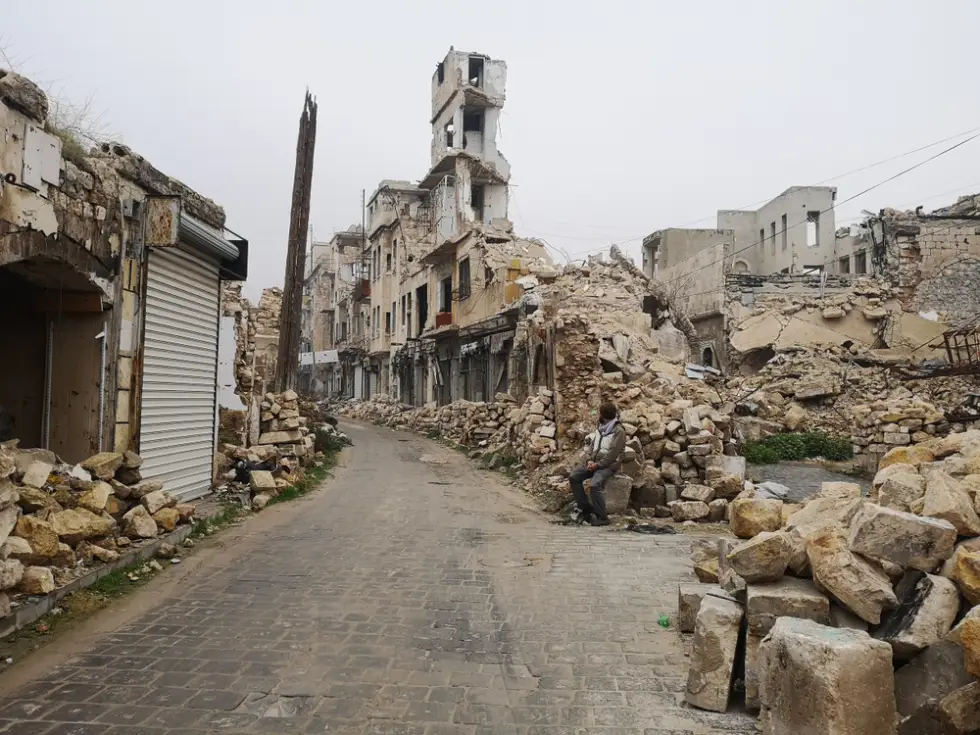
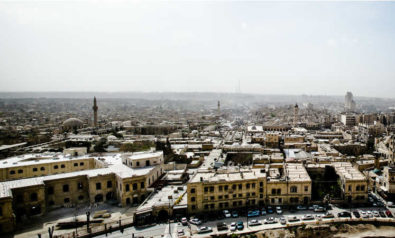
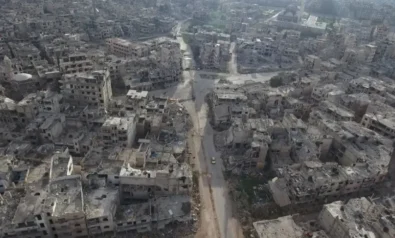
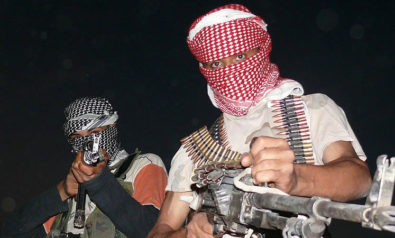
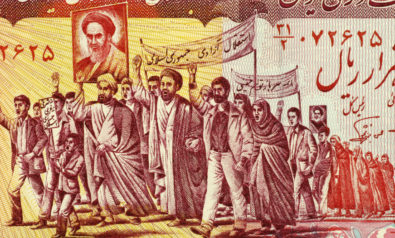

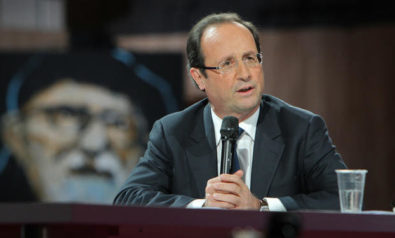
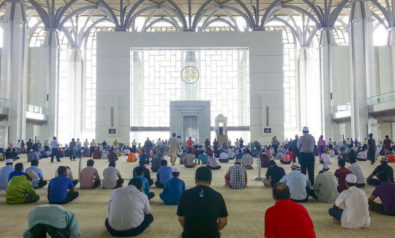
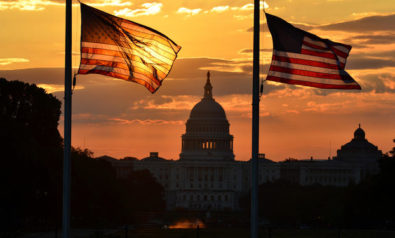
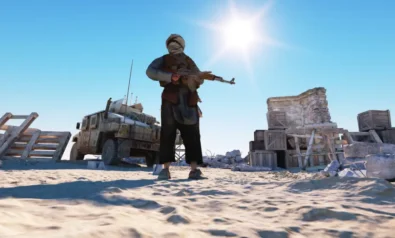
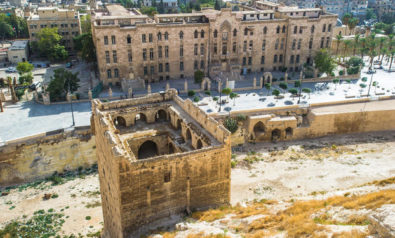
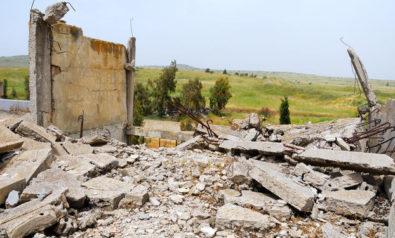
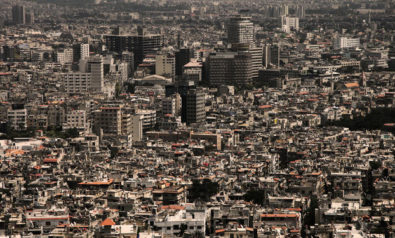

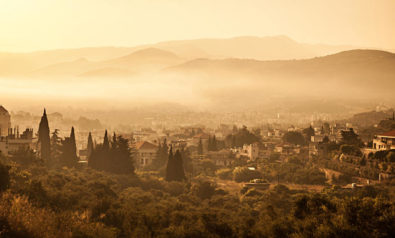
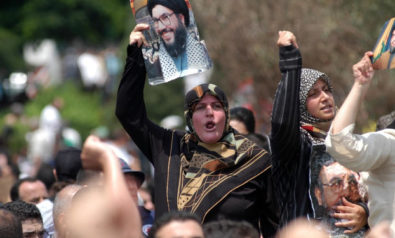
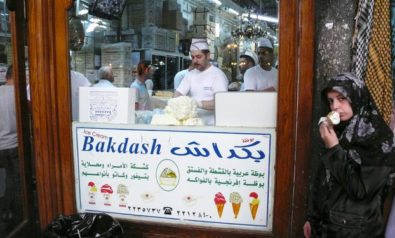

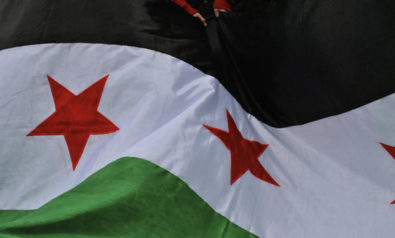
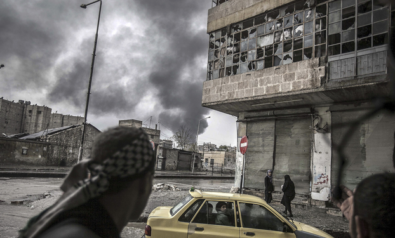
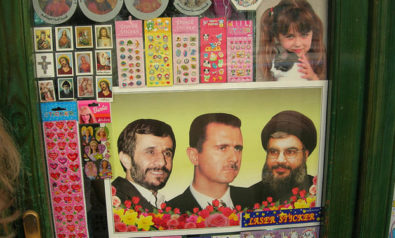
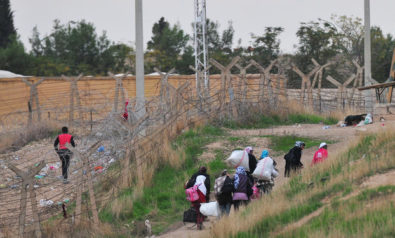
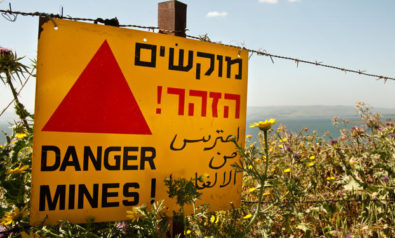
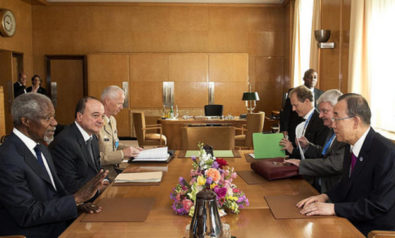
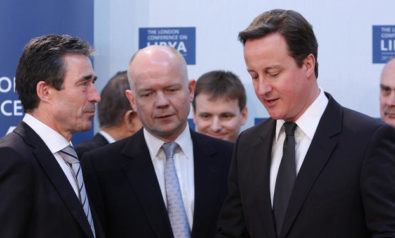
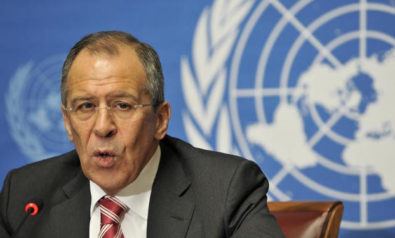
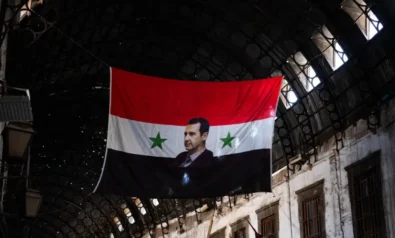
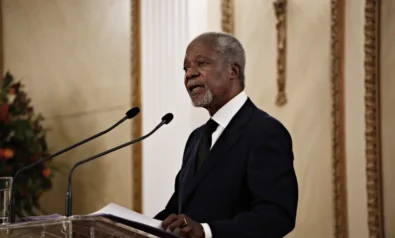
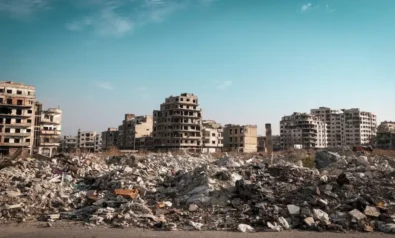
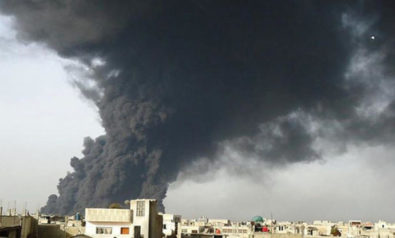

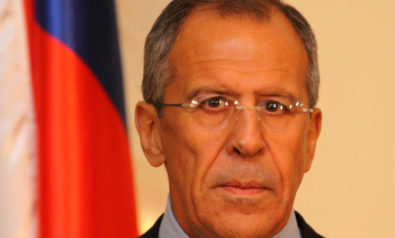
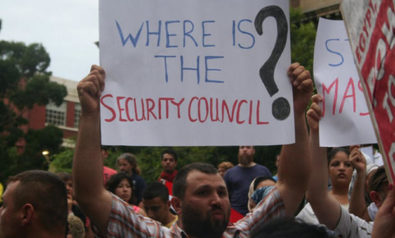
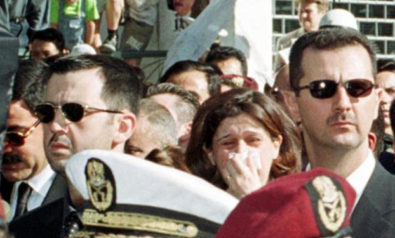
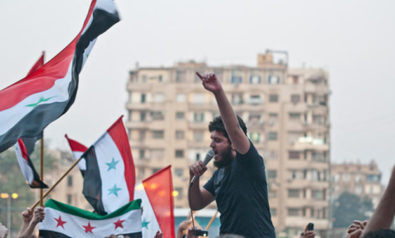
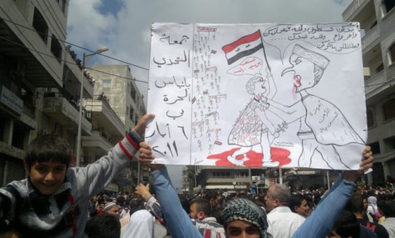
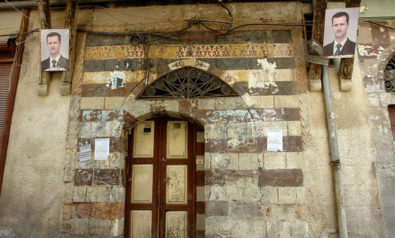

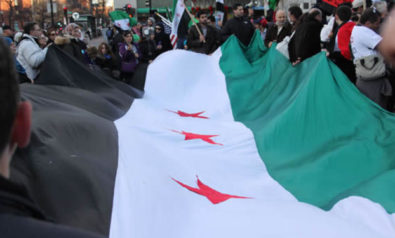

Comment